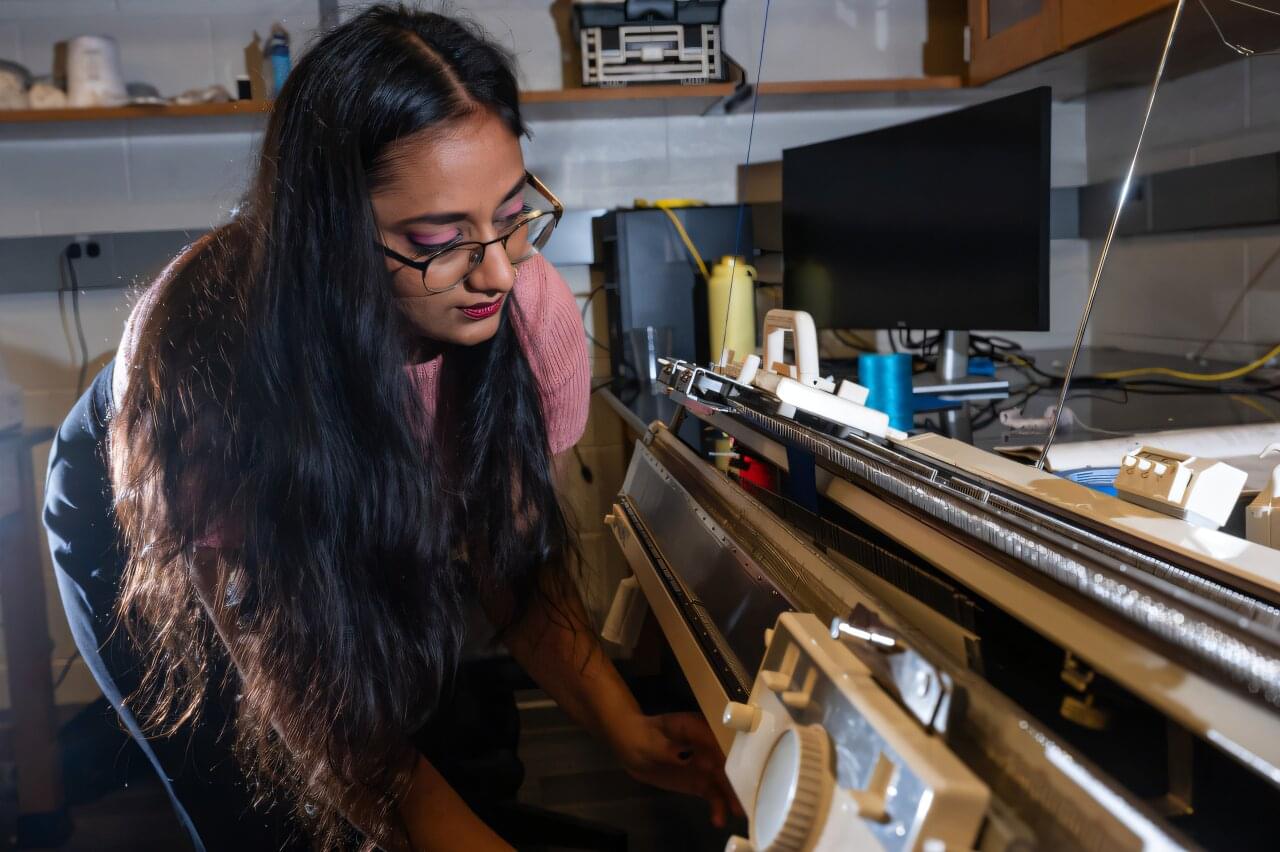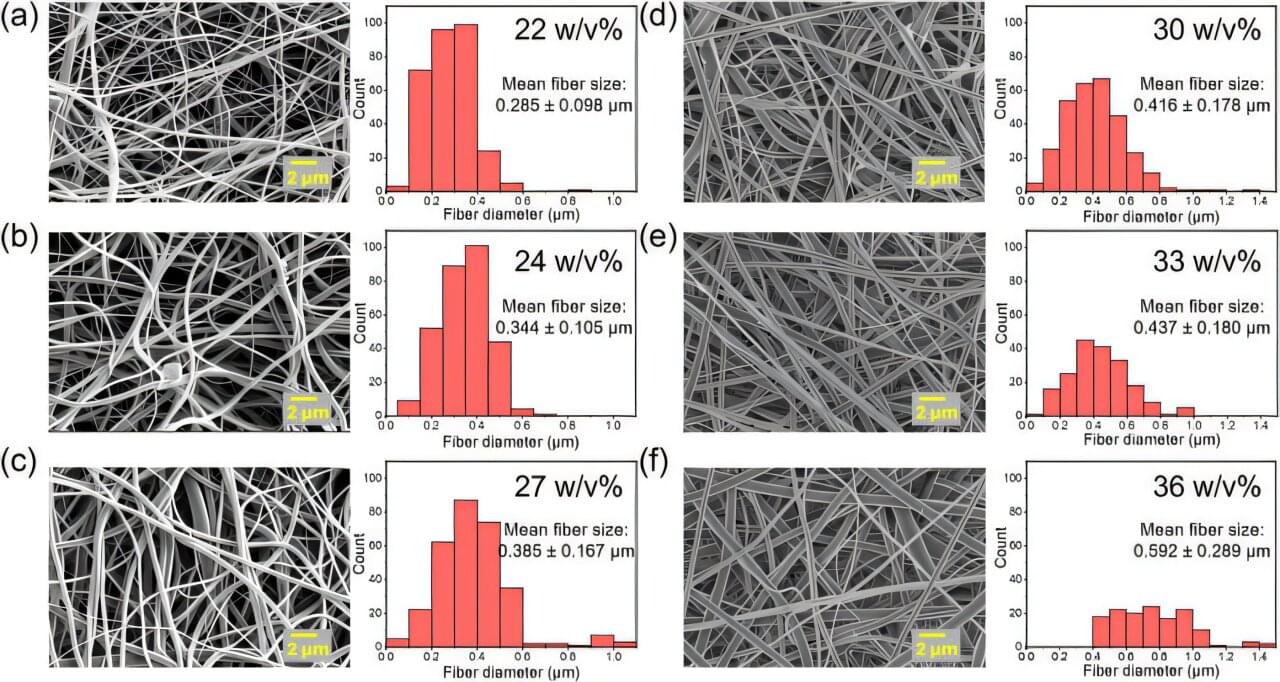A team of international researchers led by King Abdullah University of Science and Technology (KAUST) and including researchers from King Abdulaziz City for Science and Technology (KACST) has developed a new composite material that enhances the performance of solar cells. Solar cells with the material functioning for weeks in the Saudi Arabia desert showed higher power output and a longer operation time than solar cells without. Additionally, the material is cheap to fabricate and reduces the cost of maintaining solar cells. The study can be read in Materials Science and Engineering.
Composite material keeps solar cells cool using air moisture and no electricity to extend solar cell lifetime more than 200%.









